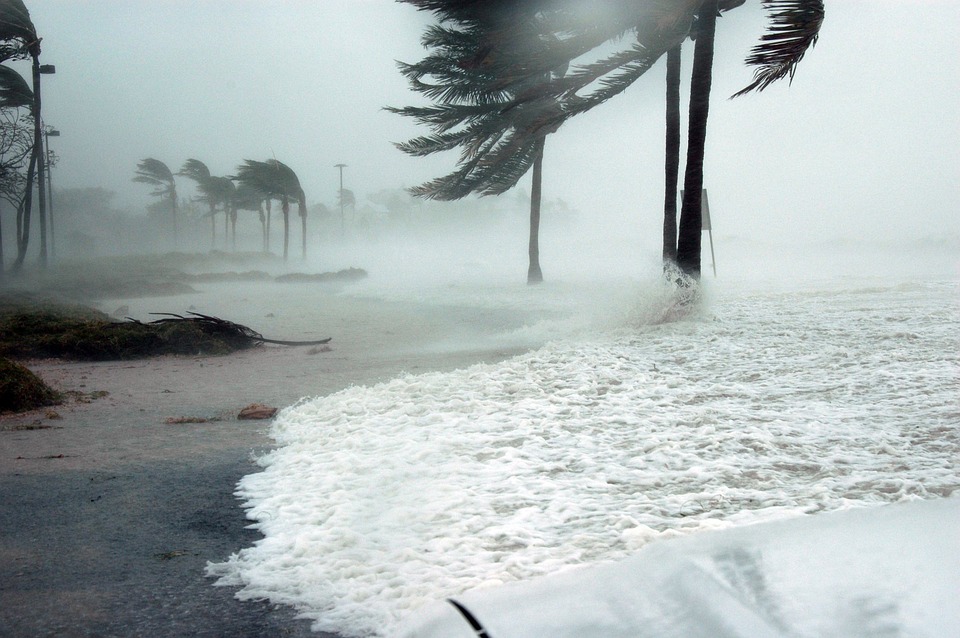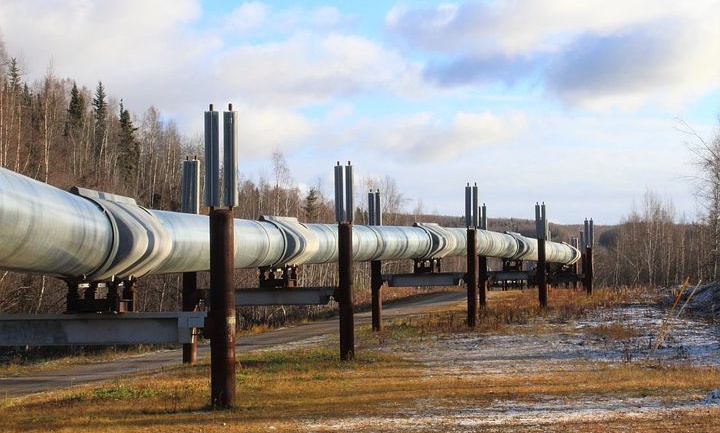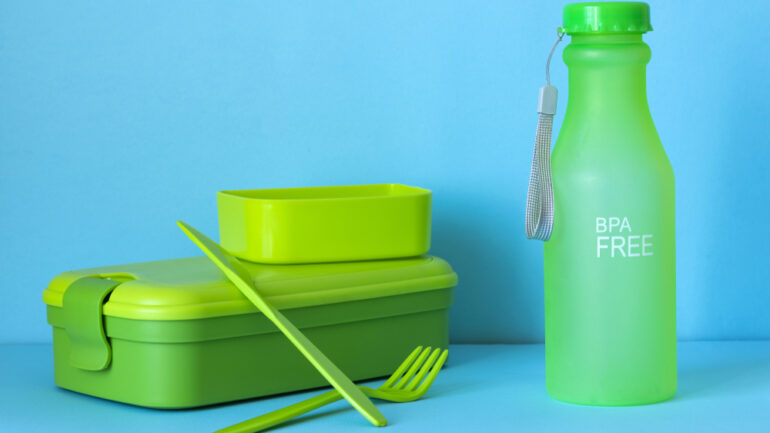By Emma Cheriegate, Staff Researcher & Writer at Save the Water™ | October 4th, 2021
In June of 2021, Save the Water™ published an article on the dangers lurking in local water bodies after rainfall, and why we should avoid swimming in the days that follow. Pollutants range from bacteria, viruses, pesticides, waste from animals and humans, and agricultural runoff. In recent years, we have seen an increase of precipitation levels in storm events, such as hurricanes. The intensified detection frequency of microbial contaminants in surface water often follows suit. Stormwater management is no easy feat, and the progressive uptick in bacteria levels after hurricane events makes ensuring clean water even harder.
Wait, what’s so bad about a little bacteria?
The power of hurricanes is increasing. There is a 20% increase in the amount of rainfall in extreme events like Hurricane Harvey, which causes worse flooding and even greater impacts on the affected communities. The first thought in the aftermath of a natural disaster is usually damage control. Our minds conjure images of destroyed buildings and washed-up automobiles, but we tend to have little time or energy in such an extreme scenario to consider drinking water. However, the existence of microbial contamination might force us to.
Researchers have found elevated levels of bacteria like Escherichia coli (more commonly known as E. coli) and Arcobacter butzleri in surface waters. Bacteria such as these can cause painful and uncomfortable gastrointestinal symptoms: diarrhea, vomiting, abdominal cramping, and a particular strain can even cause kidney failure in a few cases. To help mediate this issue that affects our supply of drinking water, creative methods for stormwater management are emerging.
For most urban areas, stormwater management continues to be a big issue in water quality assurance. Rising pollutant levels and intensifying natural disasters necessitate more energy and monetary resources to keep up with the pace. Many professionals are aiming for environmentally conscious initiatives, especially as they look to the future. But in order to plan for what’s on the horizon, we must first look to the past.
Gray infrastructure
In urban areas, one of the biggest water quality polluters to date is stormwater runoff. We’ve come a long way since the initial water management efforts of the Mesopotamian stone rainwater channels. “Gray” infrastructure is the nickname for traditional stormwater management, due to its often cement-like foundations. Some examples are pipes, gutters and drains. At the current moment, the United States’ infrastructure grade is a C-, with water loss as a huge resulting issue. However, as our collective consciousness desires less environmentally harmful innovations, we’ve shifted our thinking to green solutions.
Green innovations
Environmental engineers working on this issue focus on how to unify both existing (gray) and new (green) infrastructure. The goal of this approach is to encourage natural hydrologic processes by soaking up runoff, reducing its speed, and permitting plants the ability to soak it up and release it back into the atmosphere. With these processes in place, runoff can be kept out of the sewers.
Densely populated communities tend to need more creative solutions since they have less space. In Hoboken, New Jersey, Dr. Elizabeth Fassman discovered 45% of the city’s total area consists of rooftops. To navigate this issue, green rooftops were born. Green roofs consist of a mixture of vegetation and soil that absorb and filter the water that would otherwise fall straight into the drain. This solution helps by preventing the water from flowing through polluted roads and overflowing sewer systems.
Some of the most efficient ways of reducing water overflow and contamination after flooding events already exist in our environment, such as wetlands and their coastal version, mangrove forests. Mangrove forests assist in both protection from, and absorption of, floodwaters. And while these ecosystems sustain a bit of damage from floods, healthy ones can recover on their own.
Options for involvement
Scientists support the need for a mixture of ecological protection and human innovation to tackle stormwater management challenges. While not everyone can aid ecological restoration efforts, there are a few ways you can implement green infrastructure in your community. There are several options you can try out in your city:
- Downspout disconnection, which involves the redirection of rooftop runoff from a storm drain to a lawn or rain barrel for later use
- Tree canopies from collections of trees that provide expanses of surface water to catch rainfall
- Bioswales, which are long, deep rows of localized vegetation that absorb runoff
- Permeable pavement, which is a type of sidewalk, parking lot, or driveway that has both cement/asphalt and soil for water to seep through, eventually reaching groundwater





